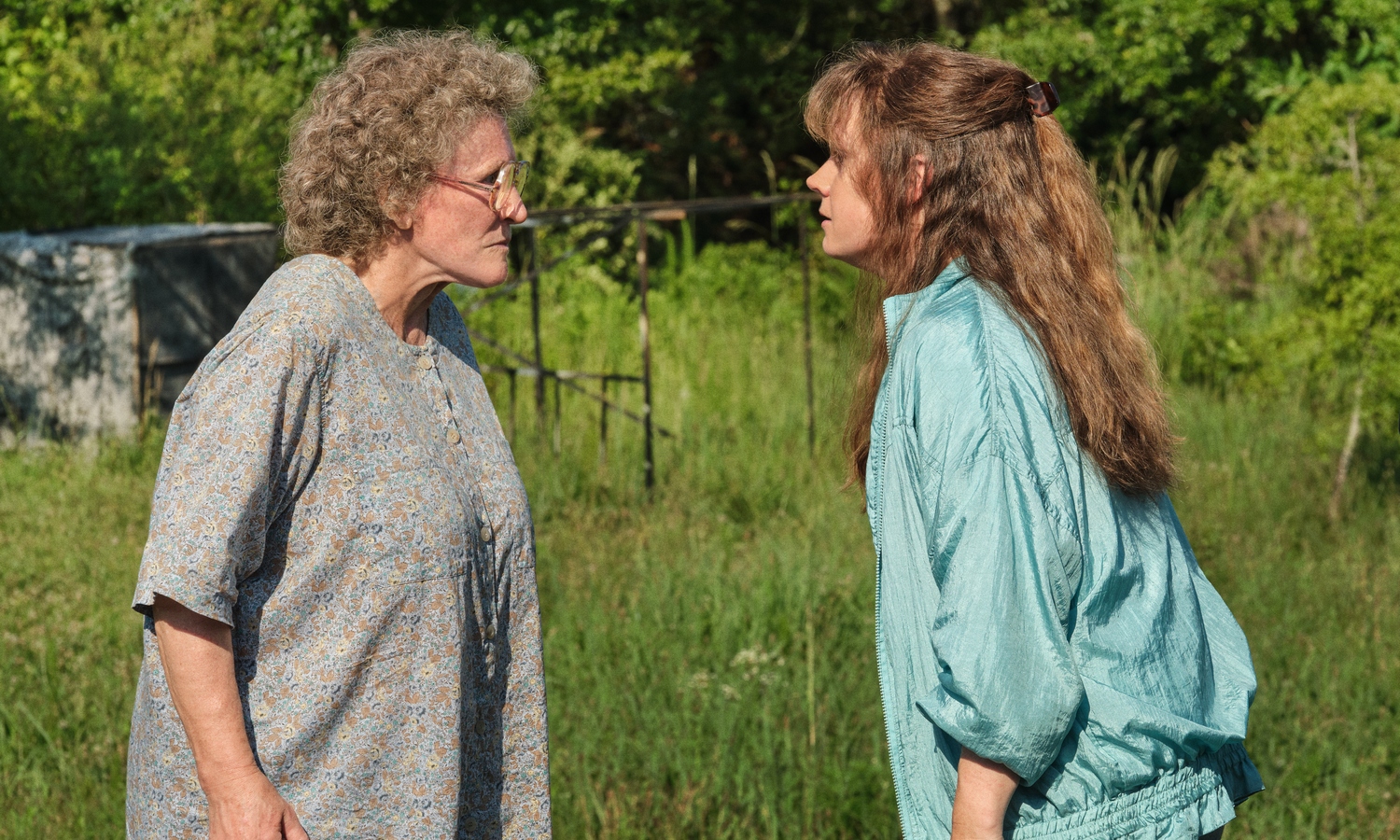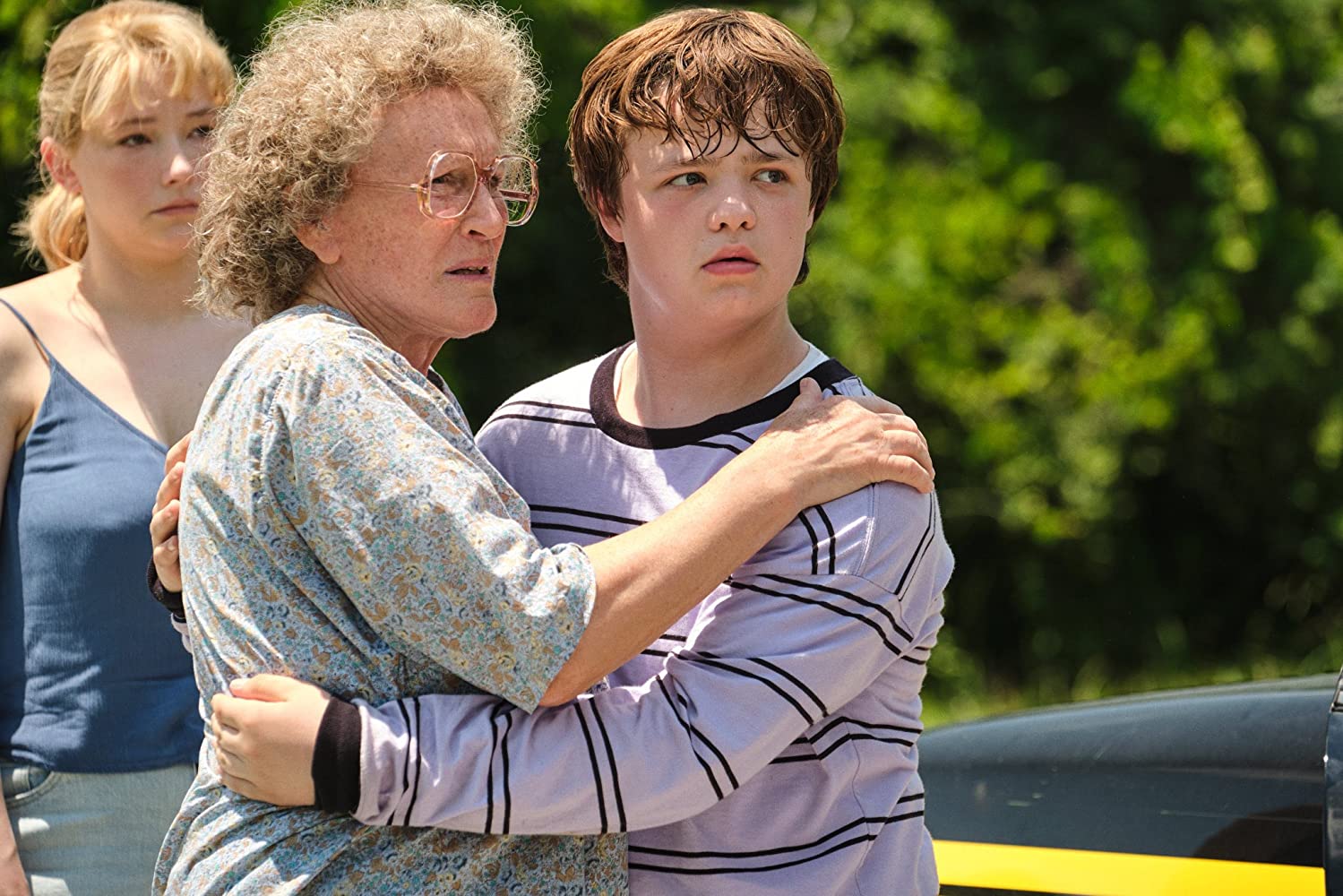Plot and Themes: Hillbilly Elegy Movie

Hillbilly elegy movie – At its core, Hillbilly Elegy grapples with the complex realities of family, poverty, and the American Dream. The film follows the life of J.D. Vance, a Yale Law School graduate who grew up in a dysfunctional and impoverished Appalachian family.
The Hillbilly Elegy movie, based on J.D. Vance’s memoir, portrays the complexities of life in Appalachia. For more information on Vance’s background and political career, visit his Wikipedia page here. The film delves into themes of poverty, addiction, and family struggles, offering a poignant exploration of the challenges faced by those living in this region.
The central conflict of the film revolves around J.D.’s struggle to reconcile his past with his present, and to understand the factors that shaped his family’s circumstances. The film explores the cyclical nature of poverty, the impact of addiction on families, and the challenges of social mobility in America.
The Hillbilly Elegy movie, based on J.D. Vance’s memoir, portrays the struggles and triumphs of a family from the Appalachian region. Vance’s wife, Usha Chilukuri , a lawyer, played a significant role in his journey. Her support and encouragement helped him navigate the challenges he faced, highlighting the importance of family in shaping one’s life.
The film’s portrayal of the resilience and determination of the Vance family resonates deeply, offering a glimpse into the complexities of rural American life.
Family
Family is a central theme in Hillbilly Elegy. The film portrays the complexities of family relationships, from the love and support between J.D. and his grandmother, to the strained and often toxic relationships between his parents.
The film also explores the role of family in perpetuating poverty. J.D.’s mother struggles with addiction and mental illness, which has a profound impact on his upbringing. The film suggests that the cycle of poverty can be difficult to break without strong family support.
Poverty
Poverty is another major theme in the film. J.D. grows up in a poor and economically depressed area of Appalachia. The film depicts the challenges of living in poverty, including food insecurity, lack of access to healthcare, and limited educational opportunities.
The film also explores the cultural factors that contribute to poverty, such as the stigma associated with poverty and the lack of social mobility in some communities. J.D.’s story highlights the systemic barriers that make it difficult for people to escape poverty.
The American Dream
Hillbilly Elegy also explores the American Dream and its challenges. J.D.’s journey from poverty to Yale Law School represents the promise of the American Dream, but the film also shows the obstacles that many people face in achieving it.
The film suggests that the American Dream is not always accessible to everyone, and that factors such as poverty, addiction, and lack of opportunity can make it difficult to achieve. J.D.’s story is a reminder that the American Dream is not a guarantee, but rather a goal that requires hard work, determination, and often a lot of luck.
Character Development

The characters in “Hillbilly Elegy” undergo significant growth and transformation throughout the film. J.D. Vance, the protagonist, evolves from a troubled young man into a successful lawyer and author. Mamaw, his grandmother, provides unwavering support and guidance, shaping his character and values. Supporting characters like Usha and Lindsay play crucial roles in J.D.’s journey, offering friendship, mentorship, and a different perspective on life.
J.D. Vance
J.D. Vance is a complex and flawed character. He struggles with addiction, poverty, and family dysfunction. However, he is also intelligent, determined, and resilient. Through his experiences, he learns the importance of education, hard work, and perseverance. He eventually breaks free from the cycle of poverty and addiction, achieving success in his career and personal life.
Mamaw
Mamaw is a strong and resilient woman who has overcome adversity throughout her life. She is a loving and supportive grandmother to J.D., providing him with guidance and stability. She teaches him the importance of family, hard work, and self-reliance. Mamaw’s character undergoes a transformation as she ages. She becomes more vulnerable and dependent on J.D., but she never loses her spirit or her love for him.
Supporting Characters, Hillbilly elegy movie
Usha is a kind and compassionate nurse who helps J.D. overcome his addiction. She provides him with support and encouragement, helping him to believe in himself and his ability to change. Lindsay is a successful lawyer who mentors J.D. She teaches him the importance of education and hard work, and she helps him to develop his legal skills. These supporting characters play a vital role in J.D.’s journey, providing him with the love, support, and guidance he needs to succeed.
Cinematography and Storytelling
The film “Hillbilly Elegy” employs a visually striking cinematography that enhances the narrative and immerses the audience in the protagonist’s journey.
The film’s camera angles, lighting, and color grading contribute to the emotional impact of the story. Close-up shots capture the raw emotions of the characters, while sweeping panoramas depict the vast landscapes of the Appalachian region. Lighting is used to create a sense of intimacy or alienation, depending on the scene’s context. Color grading enhances the film’s emotional undertones, with warm colors conveying moments of connection and hope, and cold colors reflecting periods of struggle and despair.
The director’s use of flashbacks and parallel editing further enhances the storytelling. Flashbacks provide a glimpse into the protagonist’s past experiences, shedding light on the origins of his present struggles. Parallel editing juxtaposes scenes from the protagonist’s past and present, creating a sense of continuity and highlighting the impact of his childhood on his adult life.
Overall, the film’s cinematography and storytelling techniques contribute to its emotional resonance and audience engagement. The film’s visual language enhances the narrative, immersing the audience in the protagonist’s journey and evoking a deep emotional response.
Flashbacks and Parallel Editing
The film’s use of flashbacks and parallel editing is particularly effective in conveying the protagonist’s complex relationship with his past. Flashbacks transport the audience to key moments in his childhood, providing context for his present struggles. Parallel editing juxtaposes scenes from his past and present, creating a sense of continuity and highlighting the lasting impact of his upbringing.
This storytelling technique allows the audience to witness firsthand the events that shaped the protagonist’s character and the challenges he faces as a result. The juxtaposition of past and present experiences creates a powerful emotional resonance, deepening the audience’s understanding of the protagonist’s journey.